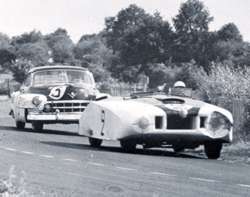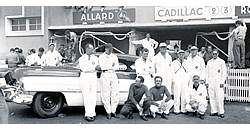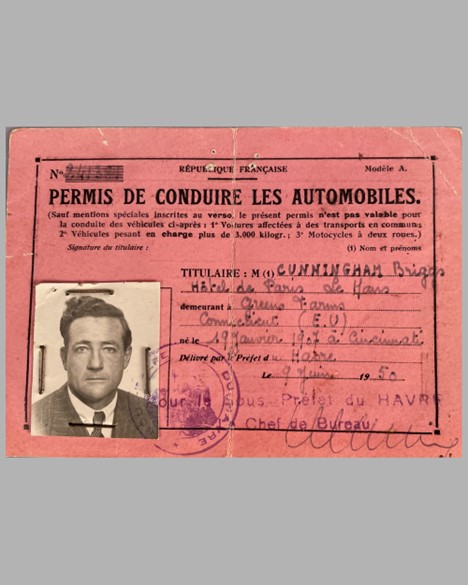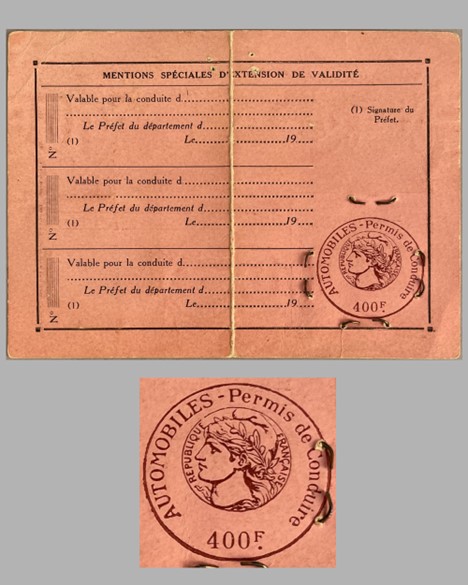The Le Mans Era
1950: A Great Start
Text by John Gardner and Kane Rogers

The first Cadillac was race-prepared by Frick-Tappett Motors; the second was stripped to its bare chassis and, at the hands of a dozen aerodynamicists and metalworkers from nearby Grumman Aircraft, given a streamlined roadster envelope whose mass and imposing appearance earned its French nickname, “Le Monstre”.
The 1950 Cadillacs had independent front suspension with A-arms and coil springs, Delco shocks, Saginaw steering, Bendix dual-servo brakes and a standard 3.77:1 axle ratio. Cadillac also provided five-carburator manifolds and a 2.9:1 gearset for the Special.
Once at Le Mans, where the team could test its pair of Cadillacs on the circuit, it was found that the roadster would reach about 130, but had slower lap times than the stock-bodied coupe because it couldn’t accelerate out of the corners as quickly as the coupe.
The original gearset was reinstalled and then it was discovered that the hydraulic lifters would pump up and hold the valves open if the rpm exceeded 4,400, so the team set a mandatory limit of 4,400 rpm for the race.
In preparing for the race, Miles Collier had suggested that each car carry a folding shovel. Briggs rejected the idea as being unnecessary but soon regretted his decision. On the second lap, Cunningham ran Le Monstre into the sandbank at Mulsanne and spent a half-hour digging the car out with a shovel supplied by a spectator.
Considering that the Collier brothers were the only ones on the Cunningham team who had raced at Le Mans, and the short preparation time before the event, the two Cadillacs (the Coupe de Ville driven by Sam and Miles Collier finished 10th and the roadster, driven by Cunningham and Phil Walters, was 11th overall) acquitted themselves in grand fashion, the team and cars winning the affection and cheers of the spectators.
Although Le Monstre was built for, and ran, only one event and was not a prototype, it was significant in bringing fame and attention to American entries at this historic 24-hour race. It was big, it was noisy, and in the traditional American white with blue trim racing colors, it portrayed the brash American spirit that Europeans expected. They weren’t disappointed.

Click here to read a great article about LeMonstre meeting the current Cadillac race car.
Click here to read an interesting article about Briggs Cunningham’s race-ready Series 61 Le Mans Cadillacs.
(Credit: Paul Kierstein & Scott George of Revs Institute, and Old Cars Weekly)
Click here to see Briggs Cunningham’s 1950 Le Mans driver’s license. See below for photos of the front and back of the license.
Website Disclaimer
Please read the disclaimer prior to entering this website. You may access it by clicking here.

